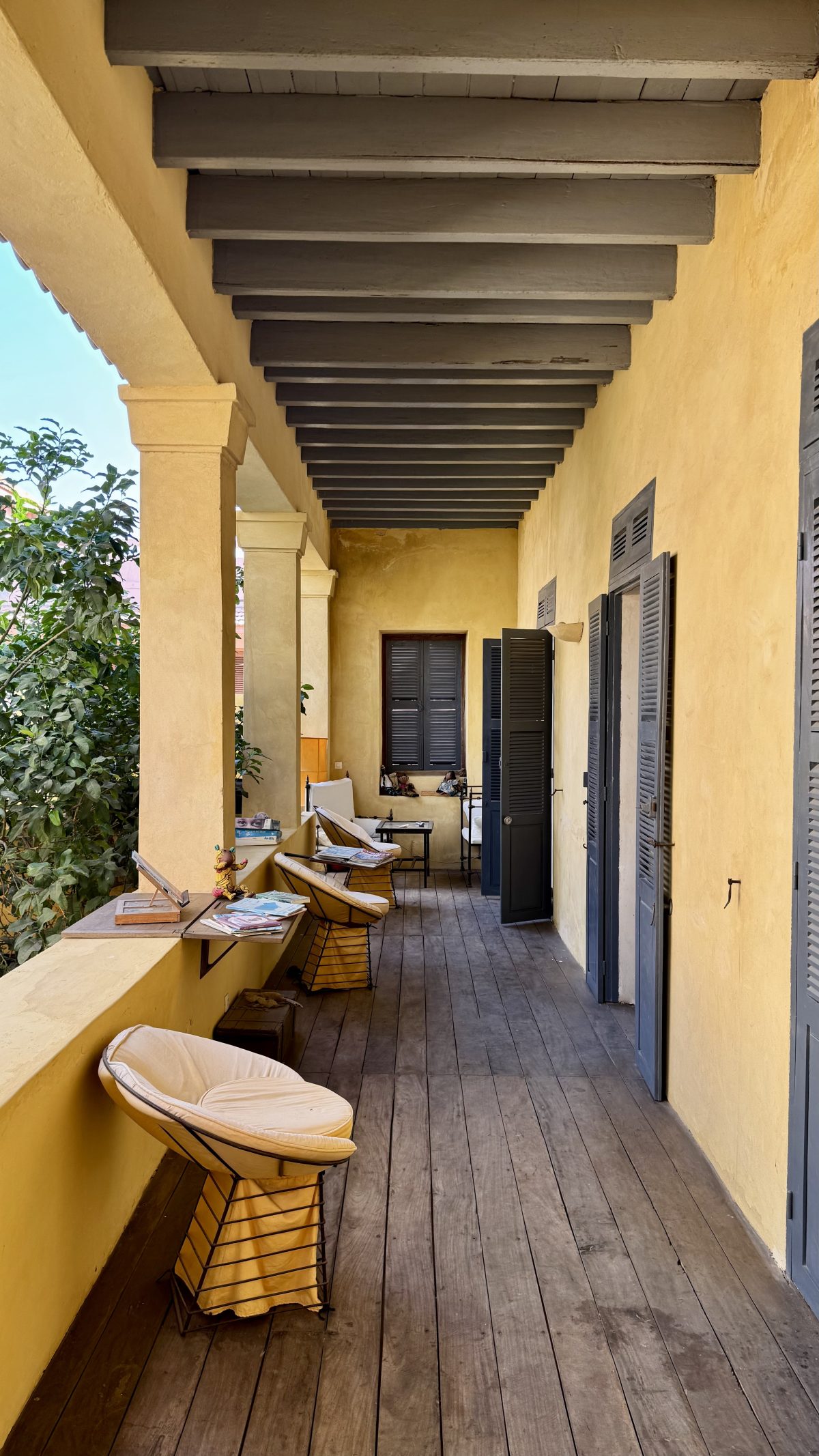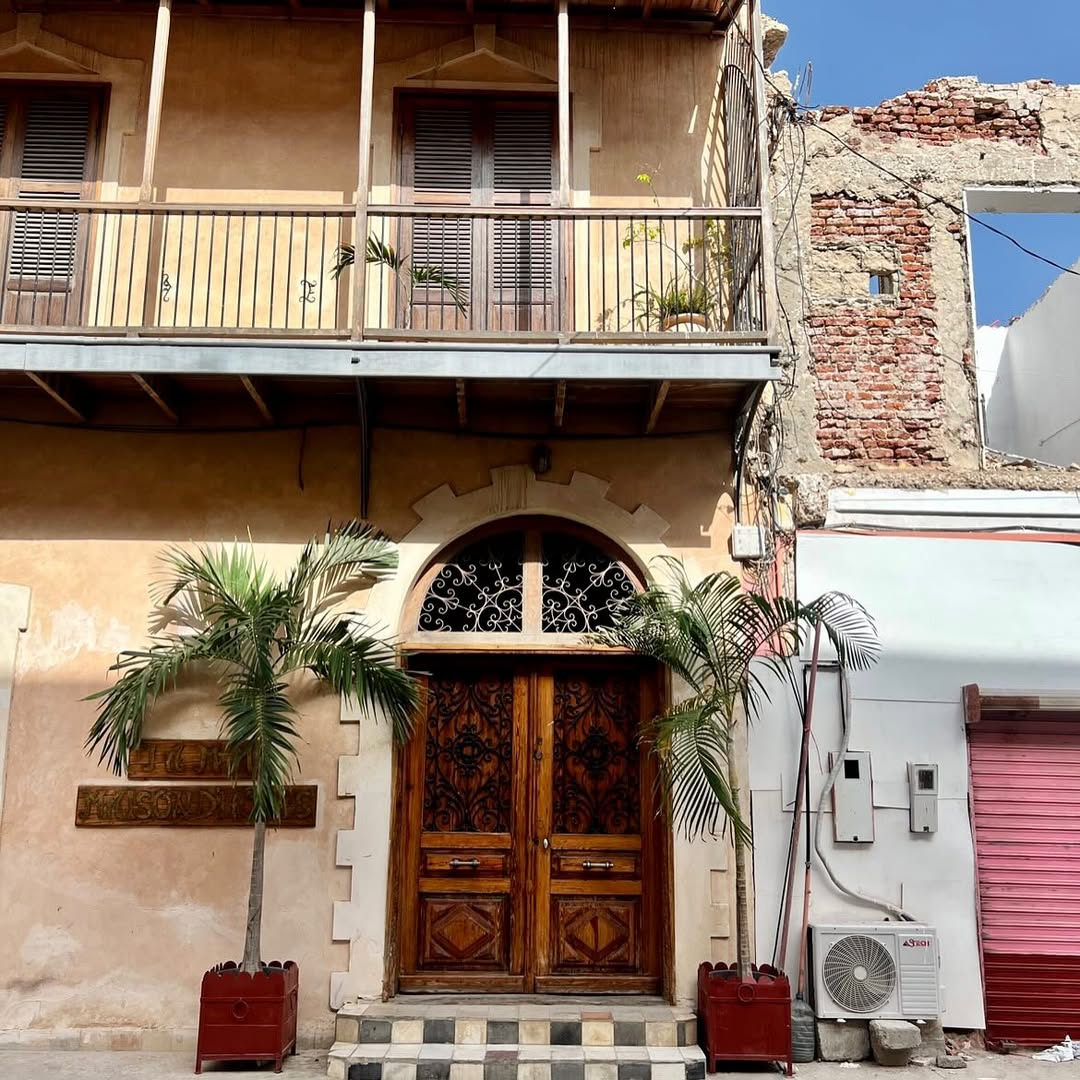Your cart is currently empty!
Category: Senegal
Au Fil Du Fleuve: A Boutique Experience In St Louis, Senegal
There are places you visit, and the experience stays with you long after you’ve left. Au Fil Du Fleuve (which means “along the river” in French) in Saint-Louis, Senegal, was one of those.
Best Things to Do in St. Louis Senegal – A Complete Travel Guide
St. Louis, Senegal, is a city that whispers stories of the past through its colonial architecture, colorful fishing boats, and rhythmic beats of local music. Once the capital of French West Africa, this UNESCO-listed island city feels like stepping back a decade in time.
The Ultimate Senegal Travel Guide: Explore Like a Pro
I’ve smelled the best incense of my life and tasted the flakiest, most delicious croissants in Senegal—but that’s not the best part of this Francophone gem.


